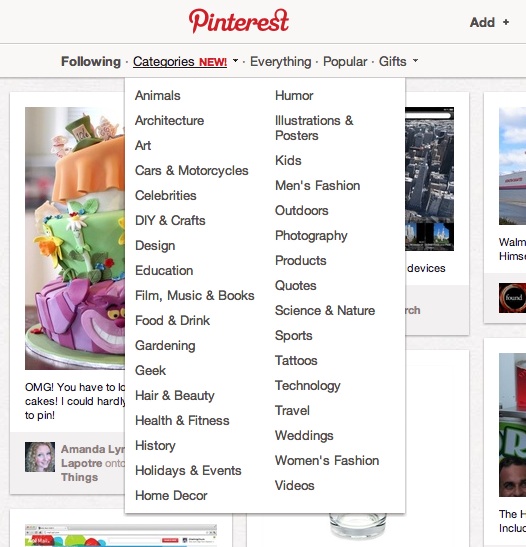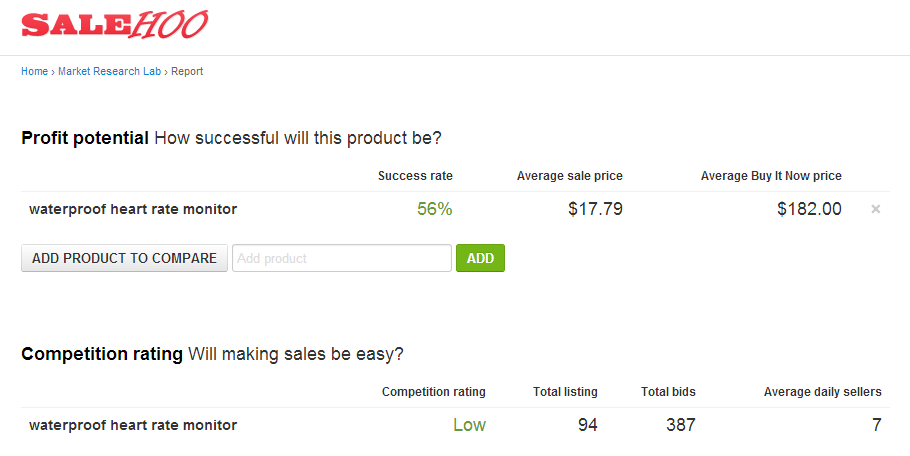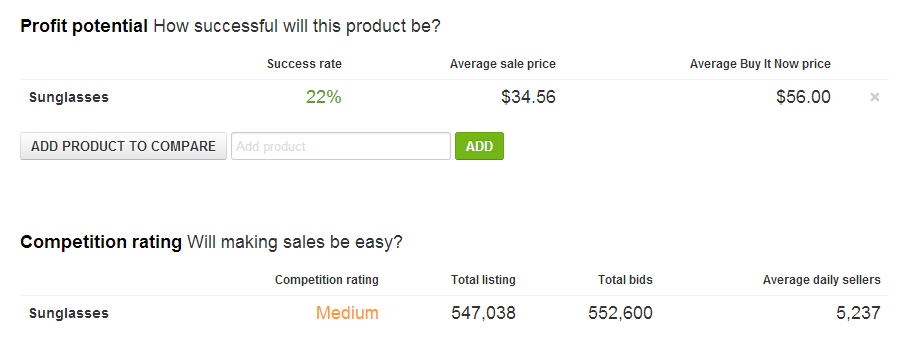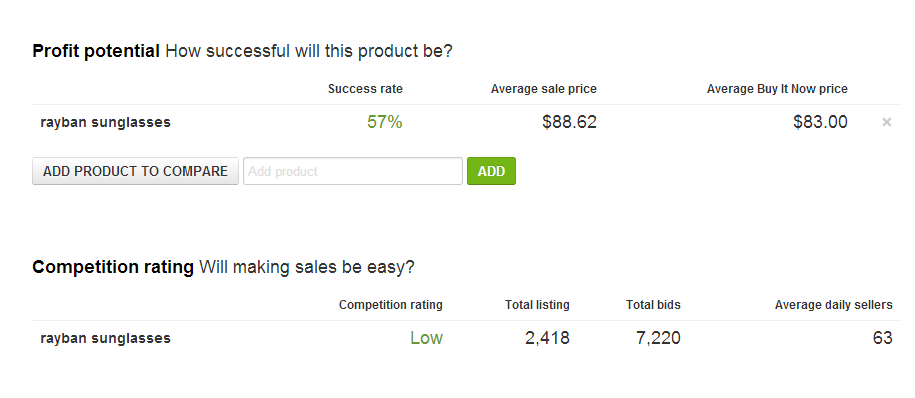- Our Products
Not sure what product? Compare them here
- Pricing
- Success Stories
- About Us
- Login
- Get Started Now
When was the last time you bought something online, or at least browsed Amazon or another online store? If you're like most modern-day consumers, it would have been no less than a week ago. Online retail has become so easy that many people either buy from or browse through online stores everyday. Because there’s so many consumers with fast access to whatever products tickle their fancy, niche markets have become very important.
By specializing in a certain type of product, online retailers can build brand authority and target specific audiences. This might be counterintuitive to what most people would assume, which is that narrowing your advertising focus actually increases sales. The truth is, unless you're Walmart, trying to maintain broad appeal (across multiple niches) actually lowers credibility and revenues.
So how can you find a lucrative niche that will help you build a strong, profitable business with a loyal following and consistent sales? Read on for the answer!

In retail terms, a niche is a product that appeals to a small subset of a larger customer market. Niches are not products that would appeal to just about anyone. The quickest way to test whether something is a niche is to ask yourself, "Could I find this in just about any household I walk into?". If the answer is yes, it's not a niche because it obviously appeals to too many people. It's safe to assume that dozens or even hundreds of other retailers are already selling it. If this is the case, you will have a hard time competing with them, as they already have the advantage of experience over you.
If the answer to that question is no, then you are on the right track. While a smaller audience might seem scary, in most cases, appealing to a select, targeted group is more profitable than trying to sell to everyone.
There are a couple of ways to gather ideas for niche markets, but understand that there is no scientific formula for this, and no method that guarantees your success. As much as I am all about making informed decisions and gathering as much information as possible to make that decision, at the end of the day, you just have to roll the dice and take a chance. That's what being an entrepreneur is all about!
The best way to get started is to gather a lot of ideas. Make a list, preferably on a spreadsheet. To get product ideas, browse magazines, the SaleHoo Wholesale Directory, eBay.com, other marketplaces, newspapers, hobby blogs or Pinterest.com. The idea here is to generate a decently sized list of potential products you could sell.

Browse through Pinterest's categories for find hot product ideas.
As you go through, ask yourself that question again: "Could I find this in just about any household I walk into?" Remember, if the answer is no, you're on the right track. As you browse for ideas, work on narrowing your list right down into niche sub-categories. See my examples below. If you think "clothing", narrow it down to women's clothing, then maternity clothing, then plus-size maternity clothing to really focus your target audience.
Clothing > women's clothing > maternity clothing > plus size maternity clothing
Here's an another example of how I drilled down from the very broad "sporting equipment" to the very niche-like market of waterproof hear rate monitors.
Sporting equipment > water sports equipment > water proof heart rate monitors
Repeat this step until you have at least a dozen, if not two dozen, niche ideas. From here, you need to research how profitable these products would be if you sold them online. Search eBay.com, Google.com, Amazon.com or any marketplace you want to sell your items from and see how many others are selling them same or similar items. You should also look at how much the items are selling for.
This process can take time, but stick with it — it's worth it in the end!
Keep track of how much the products are selling for across each platform (this is where a spreadsheet comes in handy). If you are a member of SaleHoo, you can use the SaleHoo Market Research Lab to instantly find out how much each product is selling for on eBay.
Using the Market Research Lab will save you a lot of time and effort, but if you aren't a member, try searching eBay using Completed Listings data. Learn how to do this here.

The SaleHoo Market Research Lab makes it faster and easier for find niches
When you have a list of average selling prices for your list of potential niches, your next step is to contact suppliers and find out how much you can buy the items for. Obviously, you need to find suppliers who can offer you prices that will give you good profits on each sale.
The point I want you to take away from this is that the deeper the niche, the better the success you will have. Let me quickly demonstrate. Let's say I want to sell sunglasses. Using the SaleHoo Market Research Lab, I found that the average success rate for these on eBay is 22 percent. This means that 22 percent of sunglasses listed on eBay sell, which isn't exactly stellar. A success rate greater than 50 percent is ideal.

Furthermore, the Lab is telling me that sunglasses have a competition rating of medium, which means that there are a lot of people trying to sell them. These two pieces information alone tell me that attempting to sell generic sunglasses isn't going to work for me.
What happens if I try searching for Ray-Ban sunglasses, which is more of a niche? Let's take a look:

Now the Lab is telling me that Ray-Ban sunglasses have a success rate of 57 percent and a low competition rating, which is perfect! Do you see how by drilling down into sub-categories, you can dramatically increases your chances of success?
If you want to play around with the SaleHoo Market Research Lab, it's a pretty cool tool. It comes free with all memberships to the SaleHoo Wholesale Directory, so make sure you join today. You can take advantage of all the data the lab has to offer and quickly find your own niche products.

Hi, I'm Val. I started buying stuff on eBay while I was at college in 2000, but I didn’t really use the auction site again until 2007, when I opened a new account to focus on mak...read more
Hi, I'm Val. I started buying stuff on eBay while I was at college in 2000, but I didn’t really use the auction site again until 2007, when I opened a new account to focus on making money. Like lots of other new eBay sellers, I started out by selling things from around the house as a way of clearing up clutter. Following that, I began selling CDs and DVDs in one-penny auctions, and to my delight, most of them eventually sold!. I was hooked and started using garage sales, Craigslist, even other eBay auctions, to source used CDs and DVDs. Within three months I was turning over about 50 items a week and working on eBay part time. But after three years I reached a stalemate: I didn’t feel he was any closer to finding dealers I could trust - it was always an agonizing trial and error process. In early 2010 I joined SaleHoo and was excited by the prospect of supplier reviews from other eBay sellers and SaleHoo members. With my new membership, I hoped to be able to expand the merchandise I offered for sale on eBay. When I search for a product, I get a lean, no-nonsense list of potential suppliers. SaleHoo’s forums have also been very usefu. The forums really help because you can voice your opinion, and read the trials and tribulations of other members. I can find discussions on the suppliers that do directly sell against their customers and avoid them and that category of merchandise. This streamlines my time more efficiently. Since joining SaleHoo,I have moved away from CD and DVD sales. I just found the time involved packaging hundreds of items was too great, and ultimately reduced my profit margin. I have since moved into selling clothing, accessories, and electronics, which have a greater net dollar profit, and says I've been enjoying turning my business from volume sales to larger dollar sales. SaleHoo's broad spectrum of suppliers has given me the ability to see other vendors and in turn, has given me renewed vigor in pushing, and working harder to make my eBay name reputable while turning a profit. Overall, SaleHoo has helped me to change my eBay business to a more efficient model by broadening my product sourcing options. When I joined SaleHoo, I felt like I was stuck at Bronze Power Seller level, and couldn’t see how to break through this ceiling. But recently, to my surprise, I reached Silver Power Seller status, and the once distant prospect of turning my eBay business into a full-time job is almost a reality. I didn't think I could do it before when I was selling CDs and DVDs alone. But now, with the help of SaleHoo’s resources, I think I can find enough differing products to keep inventory turning and growing to a potential "At Home" Business.
